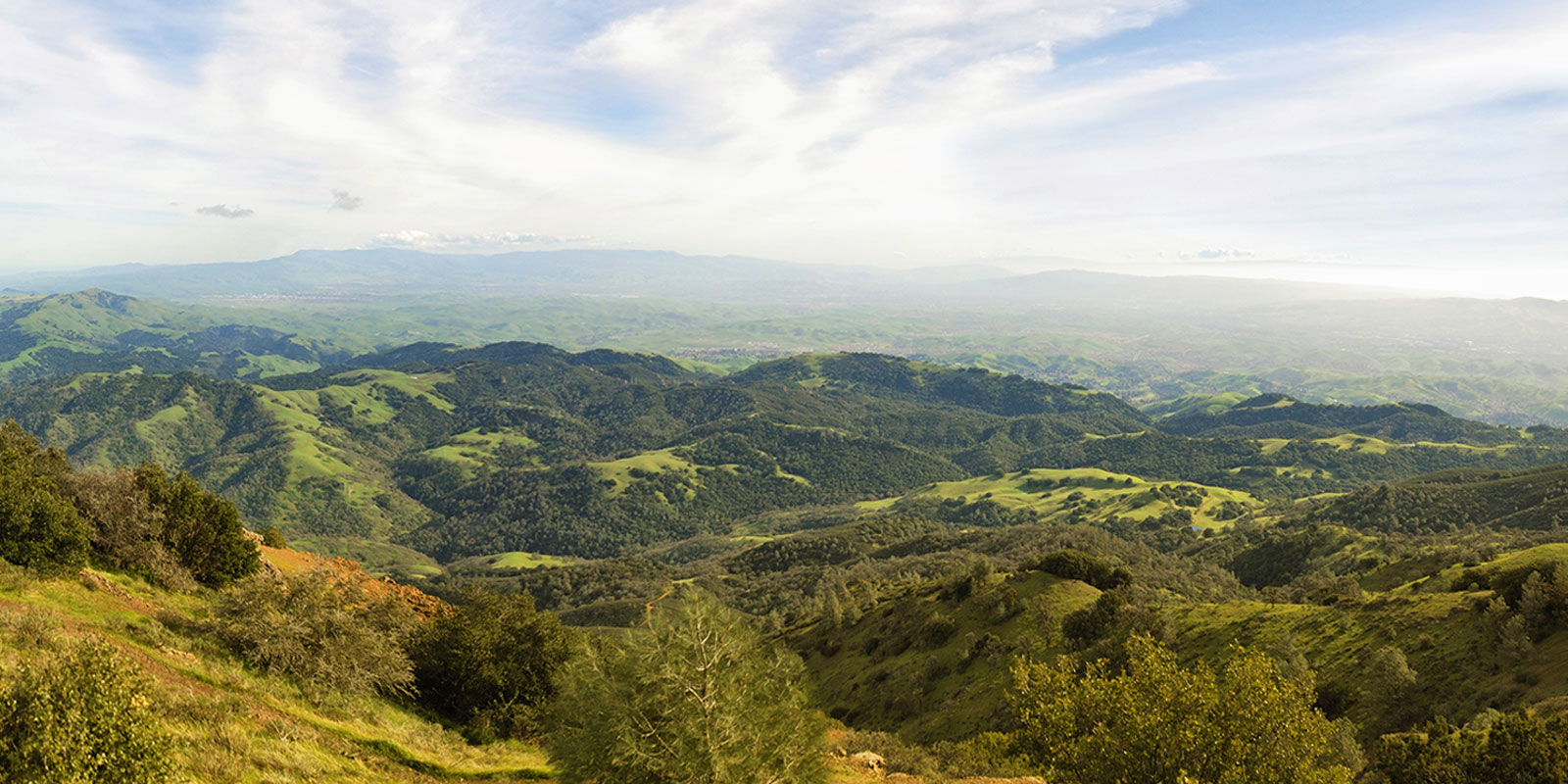A Regional Identity for Livermore Valley Wine Country

As a winery owner, I strive to raise awareness of Livermore Valley as a winegrowing region. But despite my efforts, and the efforts of fellow vintners, Livermore Valley has yet to gain traction with sommeliers, writers, and industry professionals, traction that is needed if we intend to grow the market for our wines. Clearly, there is more we must do to establish a regional identity and raise awareness of Livermore Valley Wine Country.
In searching for the next steps to take, it is important to examine the history of other wine regions. France, for example, began developing regional identities for its wines in the mid 19th century through creation of a ranking system of chateaus based on the market price of their wines. Over the next half century, this market-based ranking evolved into a network of appellations that emphasized geographic boundaries, quality, and most important, the uniqueness of the wines from each appellation.
A similar evolution occurred a century later in Napa Valley. The 1976 Judgment of Paris, in which California wines competed against wines from France, established Napa Valley as a quality wine region on par with those of the finest chateau. But while the Judgment of Paris Tasting demonstrated the quality of California wines, the judges “could not distinguish between the French and California wines.” It would take another 20 years for Napa to establish a unique regional identity based the style of ripe and powerful wines that it is known for today.
Successful wine regions evolve in three stages: first, by establishing geographic boundaries; second, by demonstrating quality; and third, by evolving a unique style that differentiates it from other regions. Today we see this pattern at work, perhaps most successfully in Sonoma. For many years, Sonoma lived in the shadow of its more famous neighbor to the east, marketing their wines as less expensive alternatives to those from Napa Valley. Because Sonoma offered nothing unique, it remained a backwater for many years. Sonoma would emerge from this shadow by improving quality and exploiting the differences in its terroir, steps that enabled them to craft unique and distinctive lean and tightly focused cool climate wines. Today, Sonoma is recognized as a destination in itself; it has gained traction.
For Livermore to share the success of Napa and Sonoma, it will need to emphasize quality and uniqueness. Quality fell during the 1960s as Livermore wineries abandoned the historic style they were known for to follow the fashion for ‘pop’ wines. Thus, when America’s taste matured in the 1970s, Livermore was caught on its heels with 90% of its production in now unfashionable white, often sweet wines. Quality and reputation suffered because of this.
In the past decade there has been a quiet revolution in quality as local producers are rediscovering our lost heritage. Capital is flowing into new vineyards and production facilities, and talented winemakers are returning to the valley. This return to quality wine production is seen in rising point scores and medal counts. Most important, wine journalists are catching on. Virginie Boone, writing in the Wine Enthusiast, recently called out a handful of Livermore wineries, of which Occasio is one, as having “…sparked a regional surge in quality in recent years, giving the world excitingly lush Chardonnay, Merlot, Petit Verdot, Sauvignon Blanc, and Cabernet Sauvignon – based wines.”
Quality in many Livermore wines is attaining a level where it becomes possible to consider the uniqueness of our wines as reflected in the climate, soil, history and traditions of our Valley. Uniqueness is not recognized overnight, but over decades. And, unlike other California wine regions that owe their existence to a small number of cultivars, the diversity of Livermore’s soils and climates will make a challenging task. Nevertheless, it is a challenge we must be willing to accept if Livermore is to move forward.


